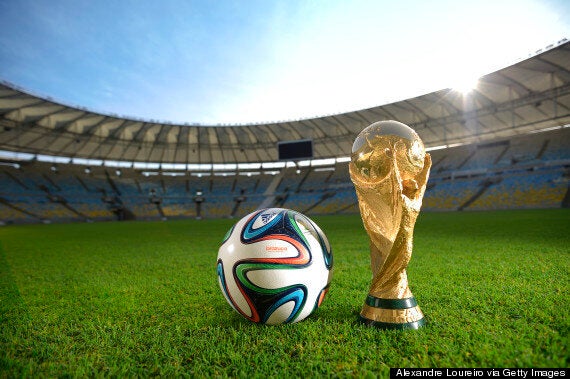The 2010 South Africa World Cup was the worst in living memory, and that was partially down to the infamous Jabulani ball that only Diego Forlán seemed capable of mastering. However, ahead of this year's finals, there are no complaints about Jabulani's heir, Brazuca, so far.
Brazuca is also the first football to have a Twitter account, but enough of that, here are the essential facts...
Advertisement

Brazuca, related to Azteca, Jabulani and Tango
- Brazuca has six polyurethane panels bonded to keep the ball the same weight and roundness whatever the weather
- The never-before-seen panel shape (how exciting) will produce faster flight speed and "maintain true roundness"
- The bladder (yes, bladder) of the Brazuca ball is made of latex (ahem) and provides the desired rebound. Make of that what you will
- It is the most colourful ball ever used for a World Cup
